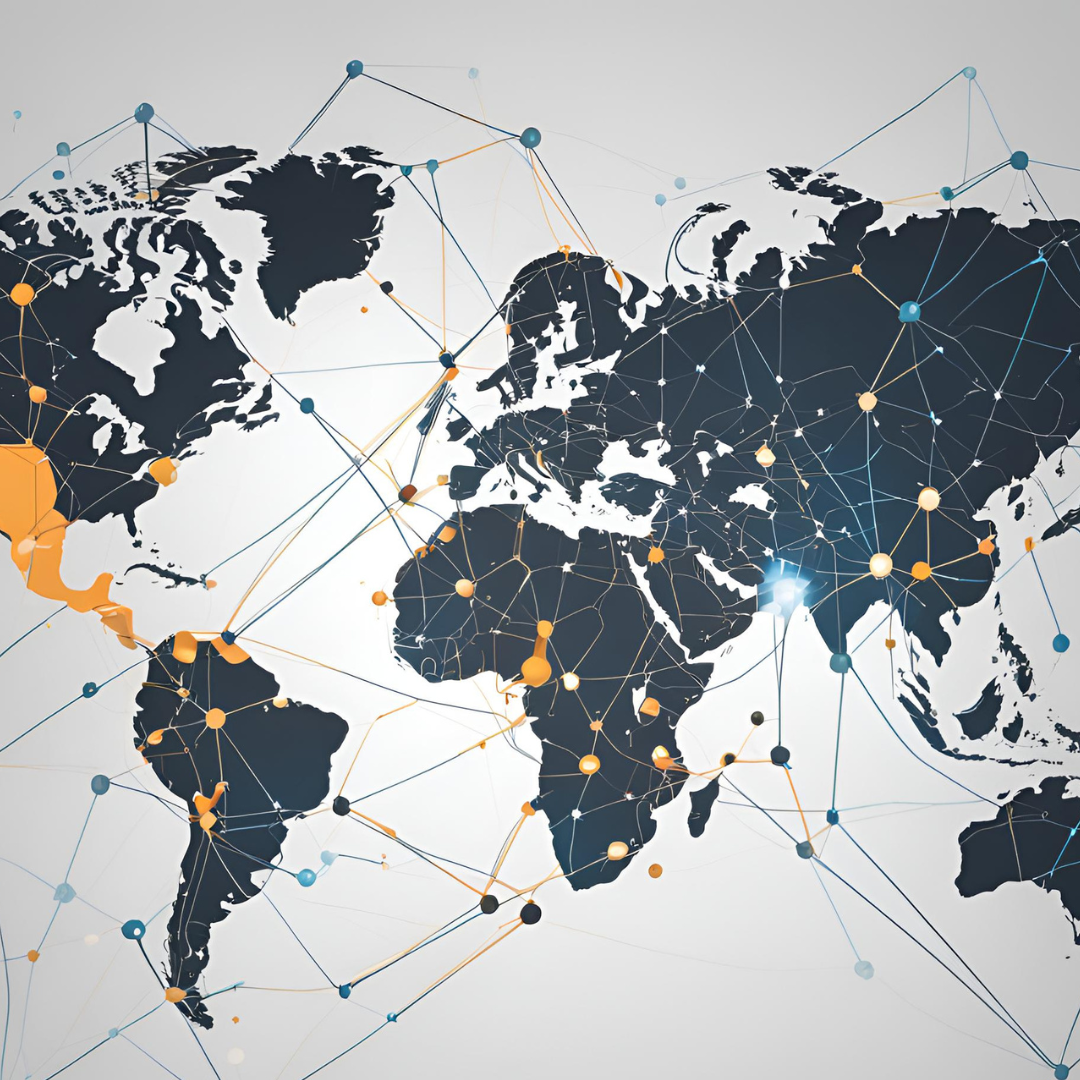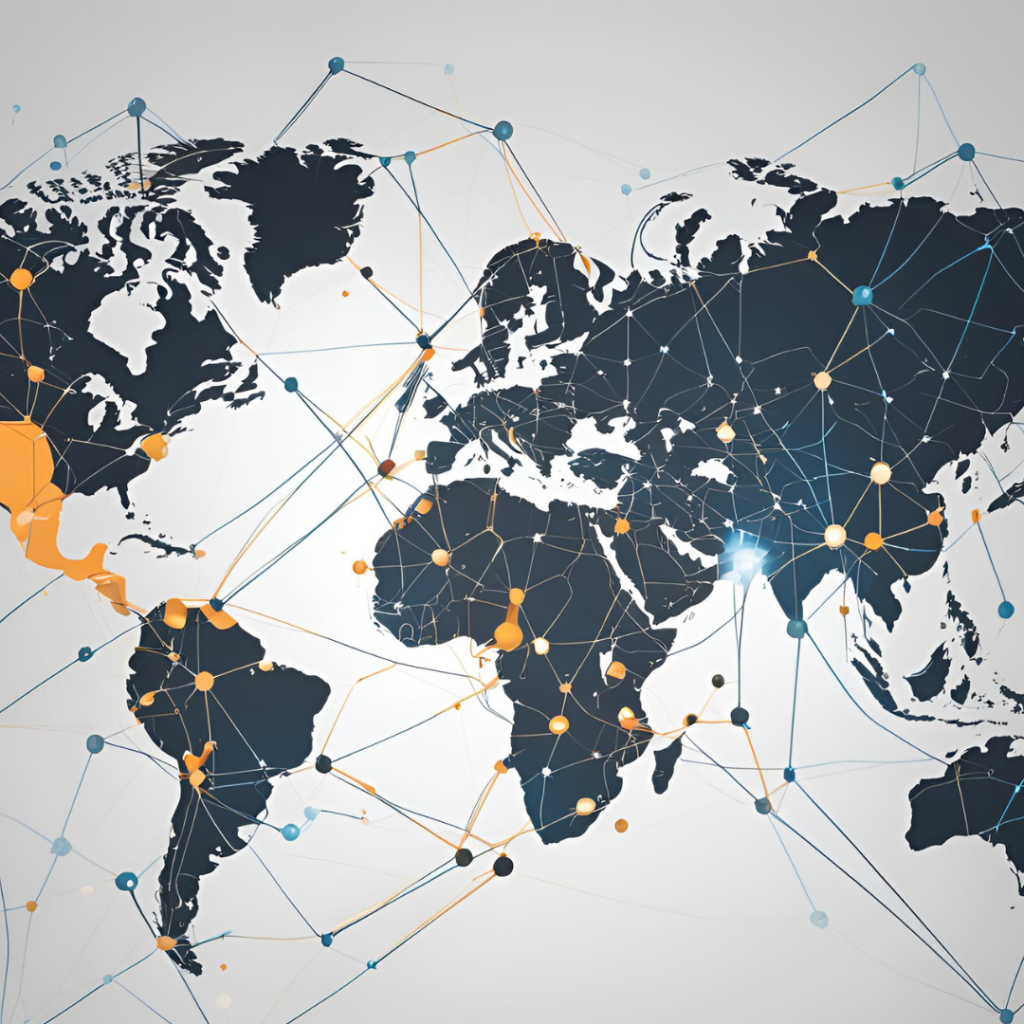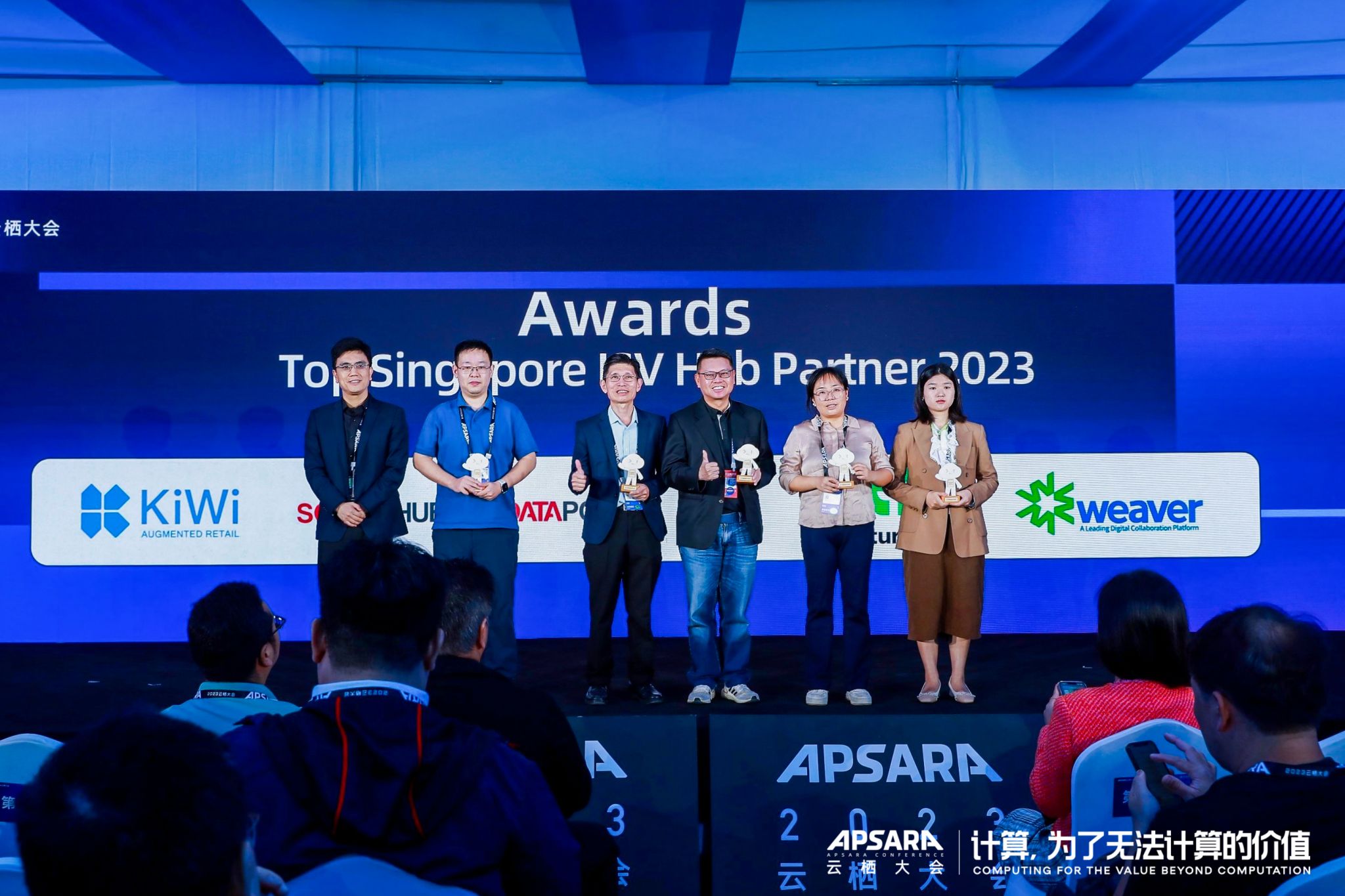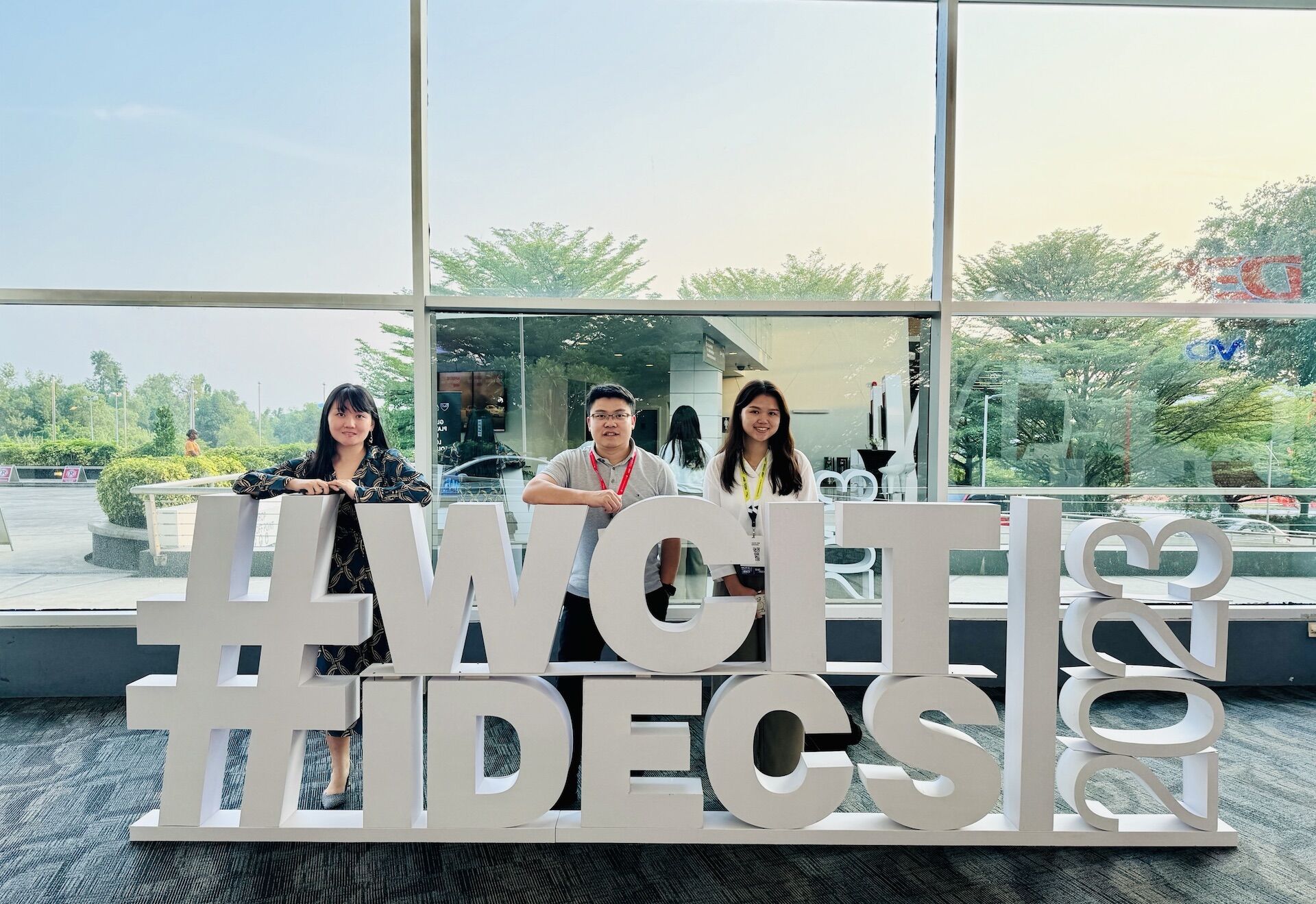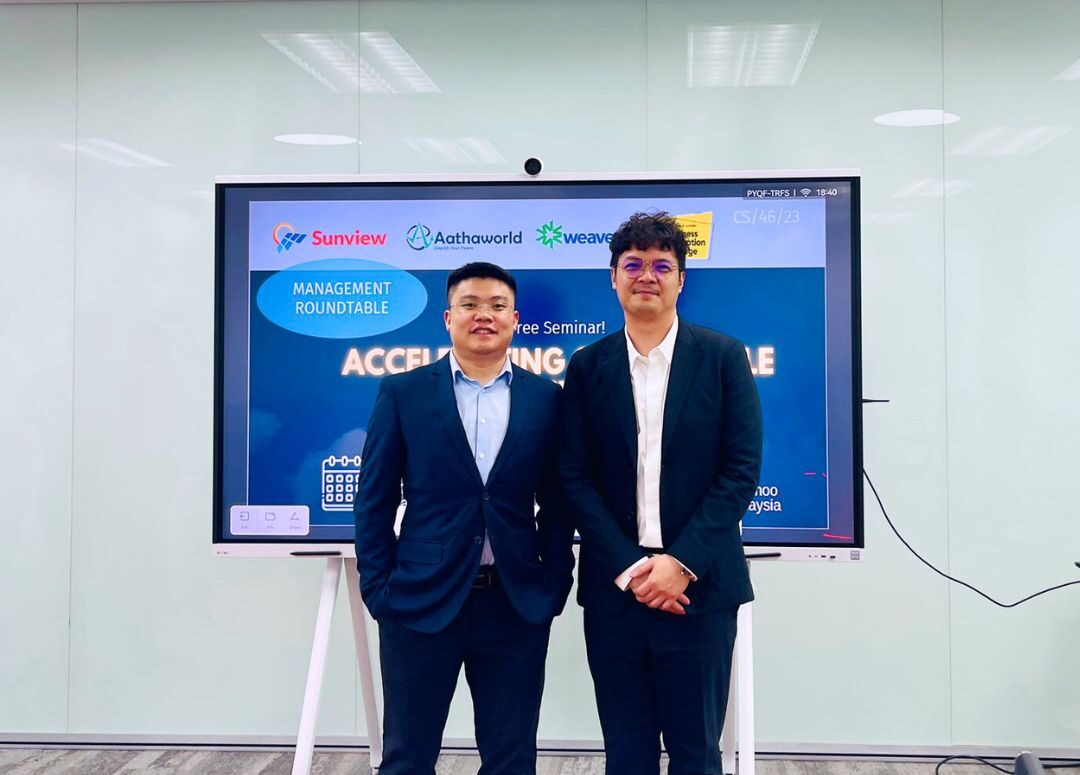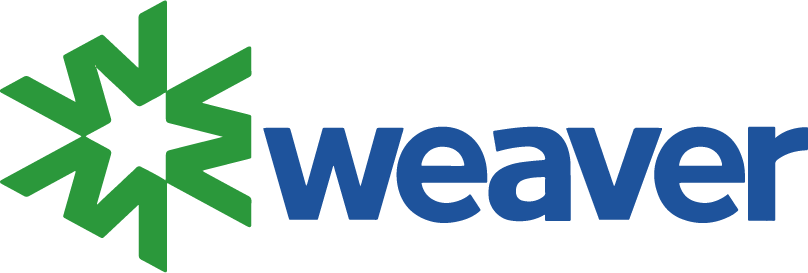Digital Transformation in Procurement
We are living through an extraordinary, remarkable period of change. Technology is advancing at a rate unheard of, coupled with other global trends like population growth, rapid urbanization, and climate change, we are now faced with some interesting challenges ahead. This pace of change and level of challenges requires a new way to how we do business. We need to constantly increase our understanding of the world, quickly respond to changing scenarios, and be open to collaboration to tackle these challenges. Digital technology acts as a key player in all these areas. Businesses must analyze their own potential and strategy to gauge how they can adapt to the new overall procurement strategy.
Generating Insight with Data
Data has always been intertwined with procurement. Traditionally, data helped improve spend and category analysis, and now it is also aiding procurement in novel areas such as advanced data analytics and the Internet of Things (IoT). Data analytics can provide enhanced visibility to key business areas, such as planning and forecasting. One way is helping to predict production costs using real-time data, enabling companies to better align their business strategies within different business functions. With IoT, visibility of individual goods and components in the supply chain can be greatly enhanced, improving efficiency and leading to significant cash benefits.
Going Agile with Technology
Having the most up-to-date data can help businesses react quickly to market conditions and opportunities. For example, businesses can easily ramp up or slow down production through peaks and troughs in consumer demand, reducing the need to hold large quantities of inventory. The ability to adapt is a differentiator in corporate performance which can lead to increased shareholder returns. Digital dashboards can also offer a real-time view of the supply chain, aiding suppliers to react quickly to global events. Businesses can use data gathered to see how wider global political and economic issues are affecting them, driving faster and more effective decisions.
Staying Relevant
While individuals are keen to new technologies, the corporate world is often lagging. Yet, adapting is essential. Procurement technology’s role is to break down traditional corporate boundaries. Procurement sits itself in an advantageous position. It has visibility across supplier relationships externally and at the same time, links different business functions internally. It is the ideal place to foster collaboration in a field of autonomous organizations. Technology will help in diverting resources away from mundane task to more strategic and value-adding projects. Instead of having conversations with suppliers about prices, technology can automate the bidding process. Instead of viewing third-party spend as a cost, technology can help see how it can generate a return. Procurement technology should offer companies the avenue to work with their leading suppliers and benefit from their expertise. Digital procurement technologies will be the catalyst for this shift, and companies need to adapt quickly to stay relevant.
